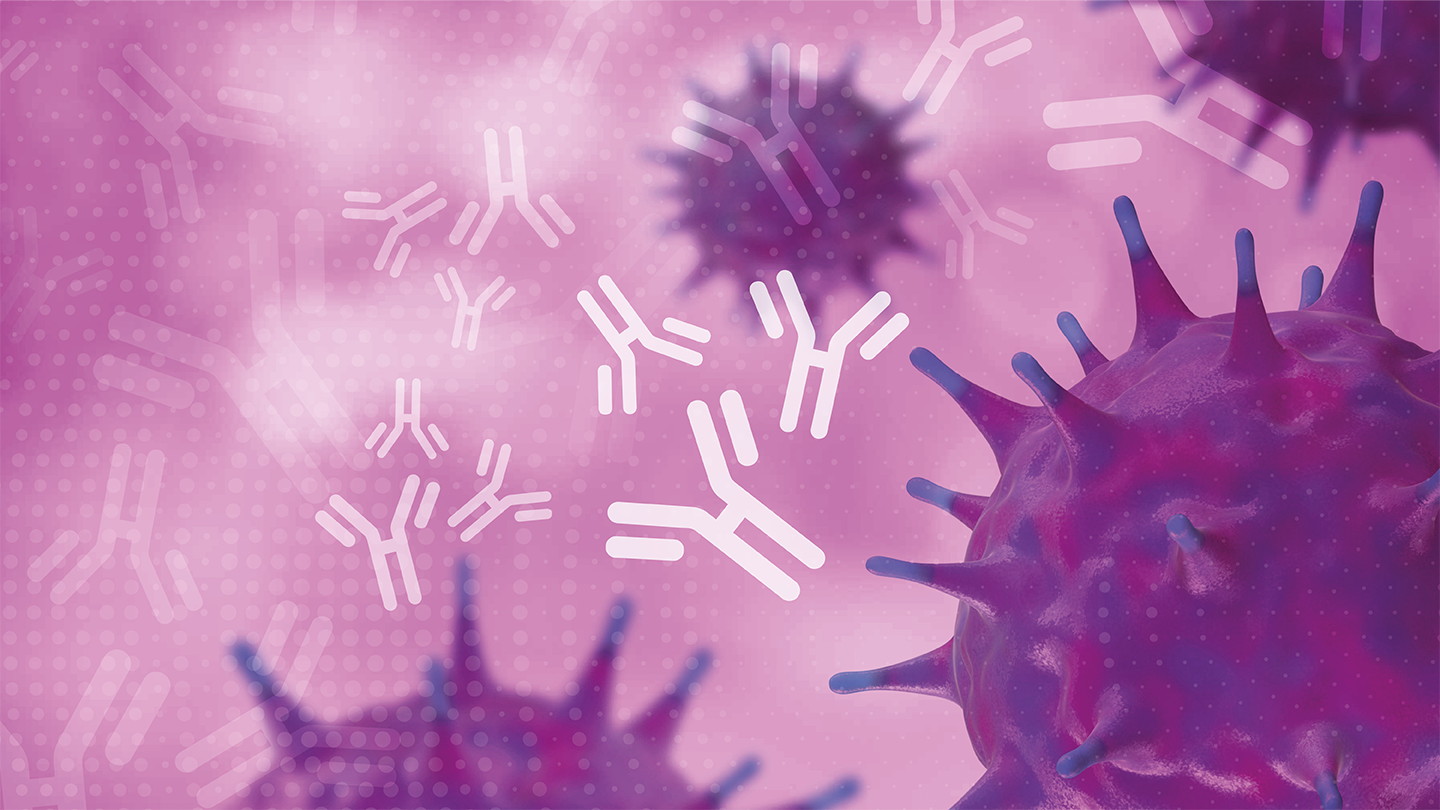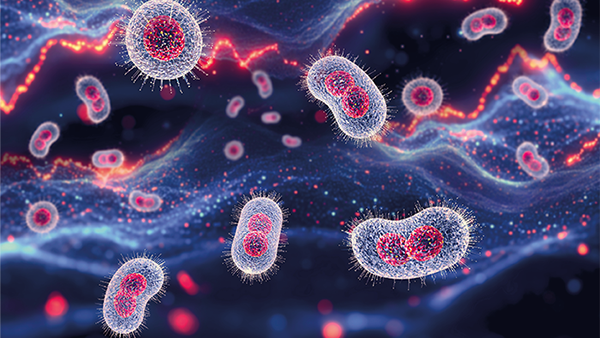Zooming in on Zika
Using spatial transcriptomics to investigate why Zika virus persists in the placenta
Zika virus is spread by Aedes mosquitoes, and while symptoms are generally mild, catching the disease during pregnancy can cause serious birth defects. During the Zika epidemic of 2015–2016, the number of offspring born with microcephaly greatly increased (1). Other health issues, such as Guillain-Barré syndrome, neuropathy, and myelitis, have also been linked to Zika virus. To understand the molecular mechanisms behind the virus’ effects, researchers from The Baylor College of Medicine, Texas, have studied placenta-specific microRNAs – well known hotbeds of viral persistence.
The study was conducted in three stages. First, researchers used primary human trophoblast cultures to see how microRNA–messenger RNA interactions changed in the presence of Zika virus. Second, a germ-free mouse model was used to investigate the importance of these microRNA and RNA interference networks in Zika virus pathogenesis. Researchers also looked at how enoxacin – an antibiotic known to increase microRNA – influenced the virus. The final step used novel spatial transcriptomics to look closely at infected mice placenta to identify any changes that the Zika virus had caused in immune microenvironments.
Overall, the study showed that Zika virus causes disruption to placental microRNA regulation networks. Further, they found that enoxacin abolished viral persistence and prevented fetal growth restriction in the infected mice. “It’s really important to understand how viruses are – or are not – able to set up a niche in the placenta at the maternal–fetal interface,” said Enrico Barrozo, co-author of the paper, in a press release (2).
This article originally appeared on our sister brand, The Pathologist.
References
ER Barrozo et al., “Zika virus co-opts microRNA networks to persist in placental niches detected by spatial transcriptomics,” Am J Obstet Gynecol, [Online ahead of print] (2023). PMID: 37598997.
H Warren, “Researchers combat Zika-associated fetal abnormalities using microRNA” (2023). Available at: bit.ly/4066JfB.





